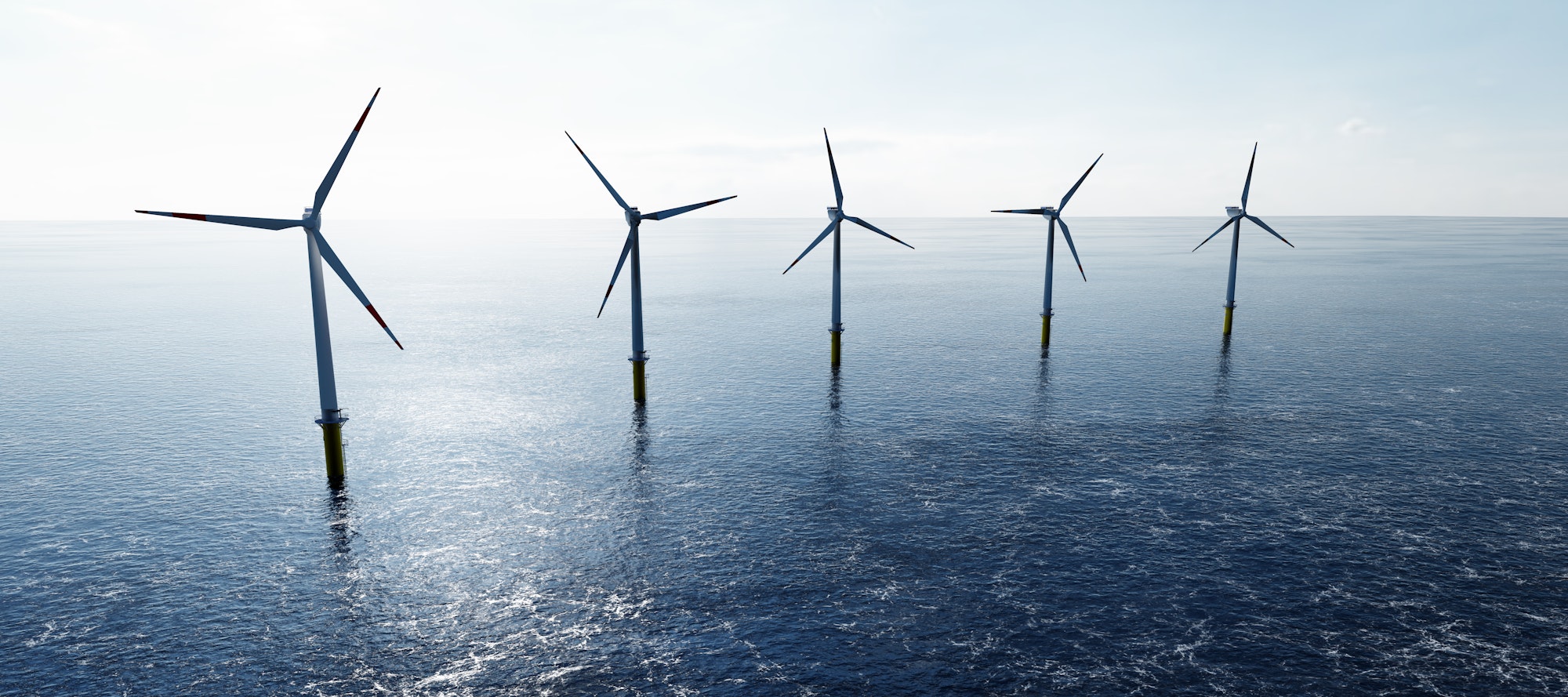What Are the Most Promising Developments in Ocean Energy Conversion in the UK?

The pursuit for a more sustainable and renewable energy source never ceases, and as we continually deplete our fossil fuel reserves, the demand for efficient and clean energy has heightened. In the wake of this global energy crisis, the boundless energy potential of the ocean has sparked interest amongst researchers and industries worldwide. The ocean, with its massive bodies of water, tidal waves, and wind currents, is a promising powerhouse waiting to be tapped. This article delves into the most promising developments in ocean energy conversion in the UK, a world leader in this emerging field.
Harnessing the Power of Tidal Waves
Tidal energy is a form of hydropower that harnesses the energy from the ebb and flow of the ocean tides. The UK, with its extensive coastline, is well-positioned to exploit this resource.
A lire également : What’s the Potential for Holographic Technology in Enhancing Live Performances in the UK?
One significant project is the MeyGen Tidal Stream Project, currently the largest tidal energy plant in operation worldwide. Located off the coast of Scotland, it employs turbines anchored to the seabed to convert the energy of tidal flows into electricity. Since its inception in 2016, MeyGen has been continually upgraded with newer and more efficient turbines.
Moreover, the UK government is also backing the Swansea Bay Tidal Lagoon project. This pioneering technology uses a man-made lagoon to trap incoming tides and release them through turbines, generating electricity. Once operational, it could potentially power over 155,000 homes in the UK.
En parallèle : How Can Innovative Packaging Solutions Help UK Supermarkets Reduce Food Waste?
Riding the Ocean Waves
Wave energy, unlike tidal energy, captures power generated by surface waves or from pressure fluctuations below the surface. Wave-based power generation is high on the agenda in the UK, where several groundbreaking projects and technologies are being developed and tested.
Wave Energy Scotland (WES) is leading the way with a variety of innovative devices to harness wave power. The organization is currently supporting the development of a variety of wave energy devices, including the CCell paddle, a lightweight, flexible device that uses the motion of waves to pump water at high pressure, and the Bombora mWave, a large submerged system that captures energy from waves passing overhead. Both technologies have shown promise in initial testing and are set to make significant contributions to the UK’s renewable energy grid.
Unleashing Wind Power Offshore
Offshore wind energy is another potent form of ocean energy conversion. This technology harnesses wind power in marine or offshore locations, where the wind speed is typically faster and more consistent than on land.
The UK is home to the world’s largest offshore wind farm, the Hornsea One. The project, which became fully operational in 2020, consists of 174 wind turbines, covering an area larger than the city of Manchester. It can generate up to 1.2 GW of electricity, enough to power well over one million UK homes.
Aside from large-scale projects, the UK is also at the forefront of floating wind turbine technology, a more flexible and less intrusive alternative to traditional fixed-base turbines.
Utilizing Ocean Thermal Energy Conversion (OTEC)
OTEC is a marine renewable energy technology that exploits the temperature difference between the warmer surface water of the ocean and the colder deep waters to generate electricity.
While OTEC is still relatively new, the UK is already exploring its potential. The UK-based ReGen Future Capital is investing in OTEC projects around the globe, while the UK universities and research institutions are pioneering research into this technology.
The Future of Ocean Energy in the UK
With the government’s commitment to achieving net-zero carbon emissions by 2050 and the ever-growing demand for sustainable and reliable energy, the future of ocean energy in the UK looks promising.
The country is not only developing and refining existing ocean energy technologies but also venturing into unexplored territories. For instance, the UK is looking into salinity gradient power, also known as “blue energy”, which generates electricity from the difference in salt concentration between seawater and river water.
As we explore these boundless opportunities, the UK continues to demonstrate its leadership in harnessing the immense power of the ocean, setting the stage for a more sustainable and energy-secure future.
Expansion of Marine Energy Infrastructure
As the UK continues to lead in the field of ocean energy, it is making significant strides in expanding its marine energy infrastructure. One of the key elements in this expansion is the development of energy converters that efficiently transform the ocean’s boundless energy into usable electricity.
One promising technology is the oscillating water column (OWC) wave energy converter. This energy conversion system involves a partially submerged structure that traps air above a column of water. As waves move in and out of the column, they push and pull the trapped air, which drives a turbine to generate electricity. Plans are in motion to install more of these types of energy converters along the UK coastline.
Another crucial part of the UK’s marine energy infrastructure is the increase in installed capacity. Tidal power is receiving significant attention in this regard. The UK’s tidal energy sector currently has a capacity of 530 MW, but with ongoing projects, this figure is expected to rise to over 1 GW by 2030. This increase in installed capacity has the potential to bolster the UK’s renewable energy mix significantly, further reducing its reliance on fossil fuels.
The expansion of marine energy infrastructure is not limited to just wave and tidal energy. Offshore wind energy also plays a vital role, with the UK boasting the largest offshore wind capacity globally. Furthermore, with advancements in floating wind turbine technology, offshore wind farms can now be developed in deeper waters, opening up new areas for renewable energy generation.
Conclusion: Pioneering the Future of Renewable Energy
The UK is undeniably at the forefront of harnessing the vast power of the ocean, driving innovation in wave energy, tidal power, and offshore wind energy. The country’s ability to effectively convert ocean energy into usable electricity is not only promising for the UK but also sets a precedent for other nations to follow.
Aside from the immediate benefits of generating clean, sustainable energy, the developments in ocean energy conversion have far-reaching implications. They contribute to job creation in the renewable energy sector, stimulate economic growth, and play a crucial role in the global effort to combat climate change.
Projects like MeyGen, Swansea Bay Tidal Lagoon, and Hornsea One are not only shining examples of the UK’s prowess in marine energy but also tangible proof that a sustainable and energy-secure future is within our reach.
With its commitment to achieving net-zero carbon emissions by 2050, the UK continues to unlock the ocean’s energy potential. The exploration of uncharted territories like OTEC and “blue energy” further underscore the UK’s unwavering commitment to pioneering the future of renewable energy.
From wave power to thermal energy conversion, the UK’s ocean energy landscape is a testament to human ingenuity, determination, and resilience in the face of the pressing energy crisis. As we continue to harness the power of the ocean, we inch ever closer to creating a world where our energy systems are clean, sustainable, and efficient.
